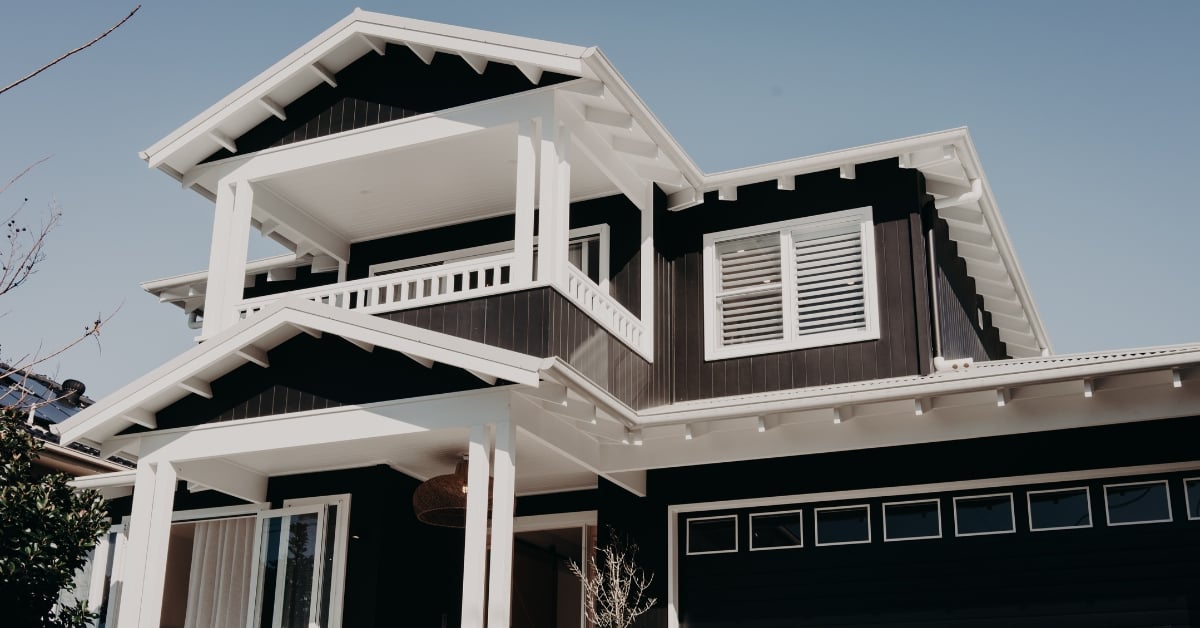How to ensure your rental property meets the healthy homes standards

As a landlord, ensuring that your rental property meets the Healthy Homes Standards by the 1 July 2025 deadline is crucial. These standards were introduced to create warmer, drier, and healthier homes for tenants, addressing issues that have long plagued rental properties in New Zealand. By complying with these requirements, you not only provide a better living environment for your tenants but also protect your investment in the long term.
The Healthy Homes Standards cover five key areas: heating, insulation, ventilation, moisture ingress and drainage, and draught stopping. Each of these areas has specific criteria that must be met, and failure to comply can result in financial penalties and other enforcement actions. This guide will walk you through each standard, providing tips on how to achieve and maintain compliance.
The importance of heating compliance
Heating is one of the most critical components of the Healthy Homes Standards. As a landlord, you are required to provide a fixed heater that can effectively heat the main living area of the property. Portable heaters are not acceptable, as they do not provide consistent warmth and can pose safety risks.
To comply with the heating standard, you need to ensure that the heater meets the minimum heating capacity required for the main living room. This capacity is determined based on the room's size and insulation levels. Using tools like the Heating Assessment Tool can help you calculate the appropriate heating capacity for your property.
Proper heating not only improves the comfort of your tenants but also contributes to their overall health. Cold living conditions have been linked to respiratory issues and other health problems. By providing adequate heating, you create a safer and more comfortable living environment.
Ensuring proper insulation
Insulation is another vital aspect of the Healthy Homes Standards. Proper insulation helps maintain a consistent indoor temperature, reducing the need for excessive heating and lowering energy costs. Since 1 July 2019, ceiling and underfloor insulation have been compulsory in all rental homes. The Healthy Homes Standards build on these existing regulations, requiring some properties to upgrade or replace their insulation.
To ensure compliance, you should check that the insulation in your property meets the required R-values (a measure of thermal resistance). This involves inspecting the insulation in the ceiling and underfloor areas to ensure there are no gaps, damage, or signs of wear. If the insulation does not meet the standards, you will need to upgrade it to the required levels.
Proper insulation not only helps keep the property warm in winter and cool in summer but also reduces the risk of dampness and mould, which can lead to health issues for tenants.
Ventilation requirements for a healthier home
Adequate ventilation is essential for maintaining a healthy indoor environment. The Healthy Homes Standards require that all living spaces, including the living room, dining room, kitchen, and bedrooms, have windows or doors that can be opened to the outside and fixed in an open position. Additionally, kitchens and bathrooms must have extractor fans to remove moisture and prevent dampness.
To comply with the ventilation standard, you need to ensure that all windows and doors are in good working order and can be easily opened and fixed in place. The extractor fans in the kitchen and bathroom should be properly installed and maintained to ensure they effectively remove moisture.
Good ventilation helps reduce the risk of mould and mildew, which can cause health issues such as asthma and allergies. By providing adequate ventilation, you create a healthier living environment for your tenants.
Managing moisture ingress and drainage
Effective moisture management is crucial for preventing dampness and maintaining a healthy home. The Healthy Homes Standards require that rental properties have efficient drainage systems, including guttering and downpipes, to remove stormwater, surface water, and groundwater. Additionally, properties with an enclosed subfloor must have a ground moisture barrier to prevent moisture from rising into the living spaces.
To comply with the moisture ingress and drainage standard, you should regularly inspect the property's drainage systems to ensure they are functioning correctly. This includes checking for blockages, leaks, and damage to the guttering and downpipes. If your property has an enclosed subfloor, you need to ensure that the ground moisture barrier is intact and in good condition.
Proper moisture management helps prevent the growth of mould and mildew, which can cause health problems and damage to the property. By maintaining effective drainage systems, you protect both your tenants' health and your investment.
Effective draught stopping techniques
Draughts can make a property feel cold and uncomfortable, increasing the need for heating and leading to higher energy costs. The Healthy Homes Standards require landlords to block any unreasonable gaps or holes in walls, ceilings, windows, floors, and doors that cause noticeable draughts. Unused open fireplaces must also be closed off or have their chimneys blocked to prevent draughts.
To comply with the draught stopping standard, you should inspect the property for any gaps or holes that could cause draughts. This includes checking around windows and doors, as well as any other potential entry points for cold air. Use appropriate materials to seal these gaps and ensure they are properly maintained over time.
Effective draught stopping helps maintain a consistent indoor temperature, reducing the need for excessive heating and creating a more comfortable living environment for your tenants.
Ongoing maintenance responsibilities
Once your property meets the Healthy Homes Standards, it is essential to maintain compliance over time. This involves regular inspections and prompt repairs to any issues that arise. As a landlord, you have an ongoing responsibility to ensure that all installations and systems related to the standards remain in good working order.
Regular inspections should include checking the heater, insulation, ventilation systems, drainage, and draught stopping measures. If any issues are identified, you must address them promptly to maintain compliance. Keeping detailed records of inspections, maintenance, and repairs is also crucial, as these may be requested by tenants or regulatory authorities.
By maintaining compliance with the Healthy Homes Standards, you ensure a safe, comfortable, and healthy living environment for your tenants, while also protecting your investment.
Consequences of non-compliance and how to avoid them
Failing to comply with the Healthy Homes Standards can result in significant consequences for landlords. These may include financial penalties, legal action, and damage to your reputation as a landlord. Under the Residential Tenancies Act 1986, landlords who do not meet their obligations can face fines and other enforcement actions.
To avoid these consequences, it is essential to take proactive steps to ensure your property meets the standards by the 1 July 2025 deadline. Start by conducting a thorough inspection of your property and addressing any areas that do not meet the requirements. Utilise available tools and resources, such as the Healthy Homes Standards toolkit for landlords, or talk to your LJ Hooker property manager to guide you through the process.
By staying informed and taking timely action, you can ensure compliance with the Healthy Homes Standards, providing a better living environment for your tenants and safeguarding your investment.
Share


